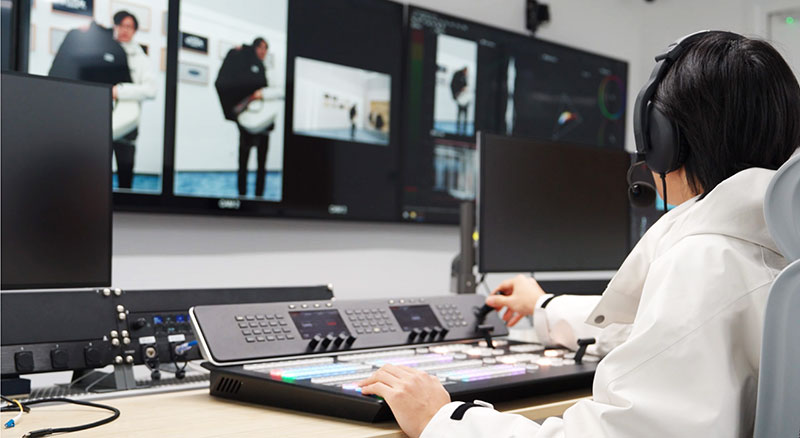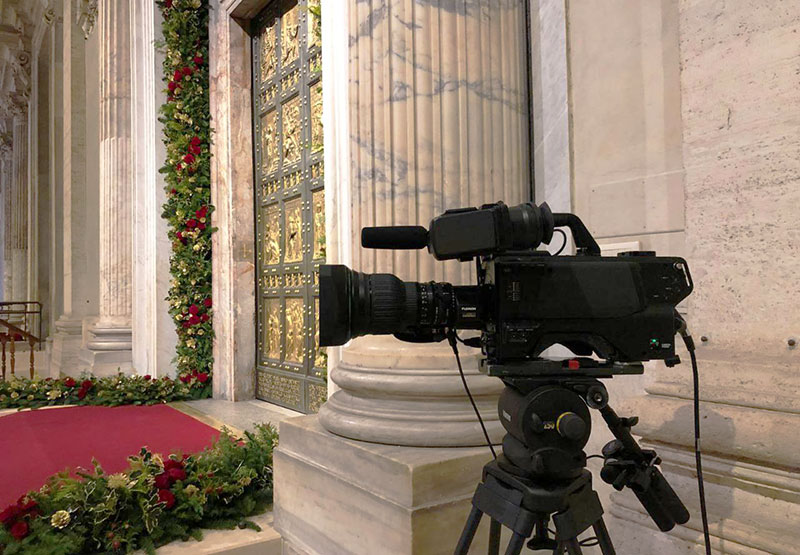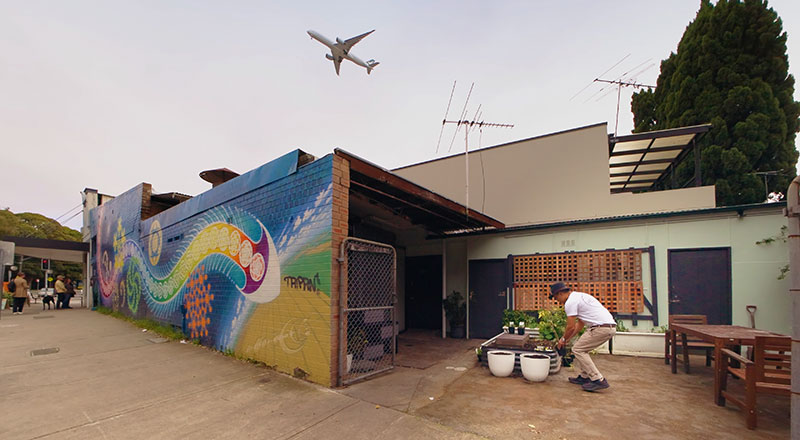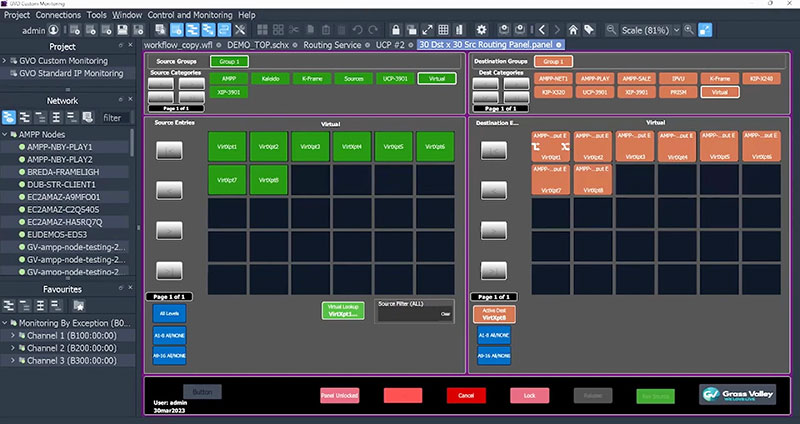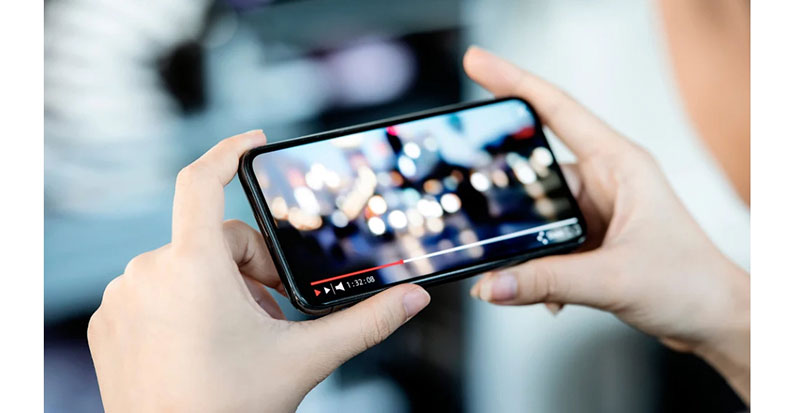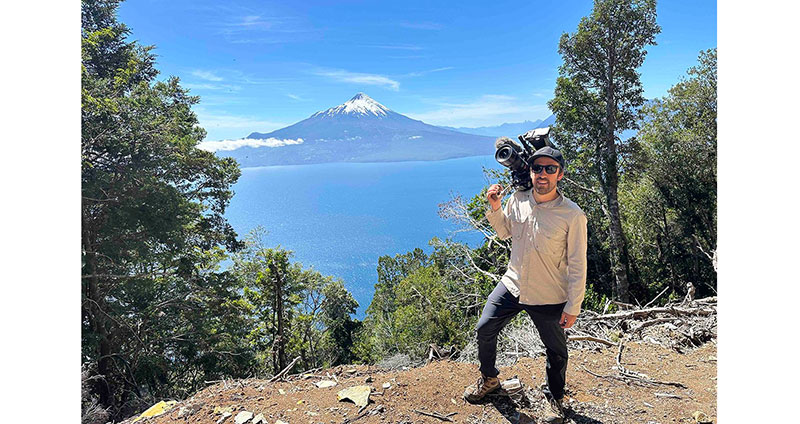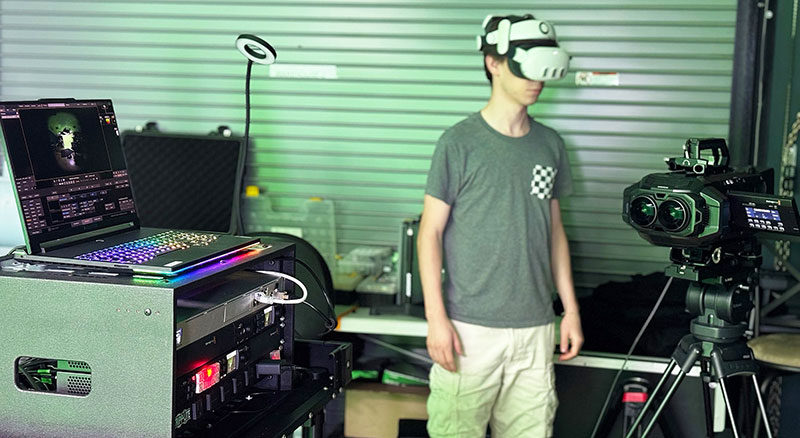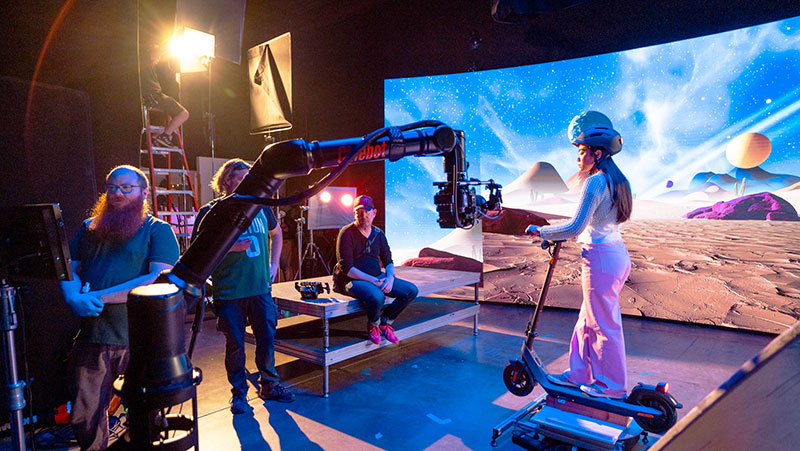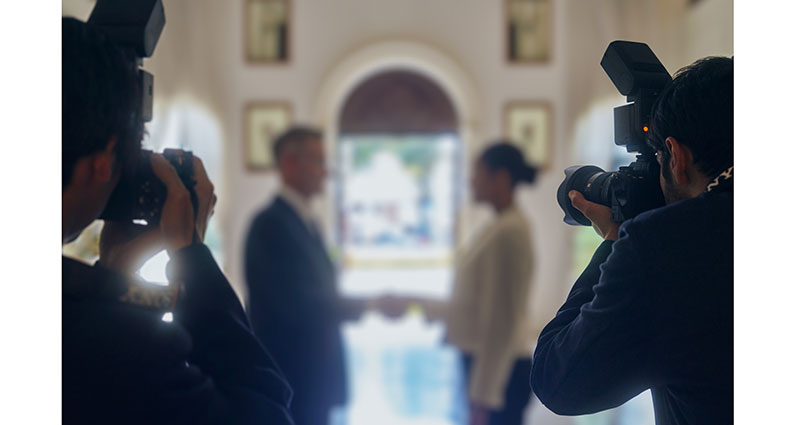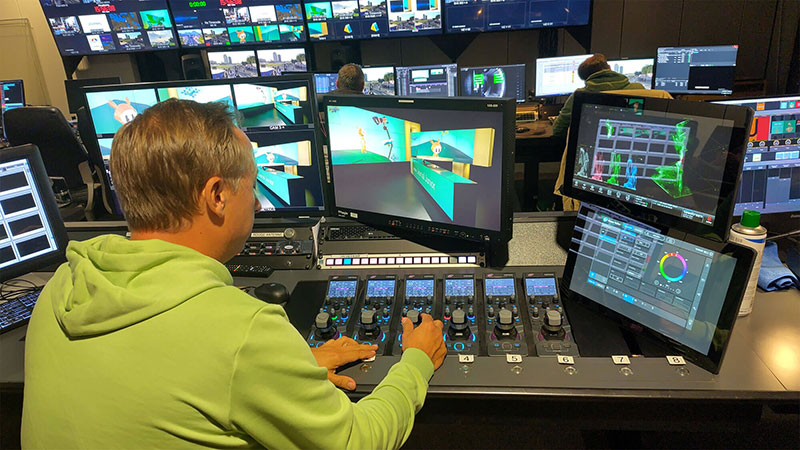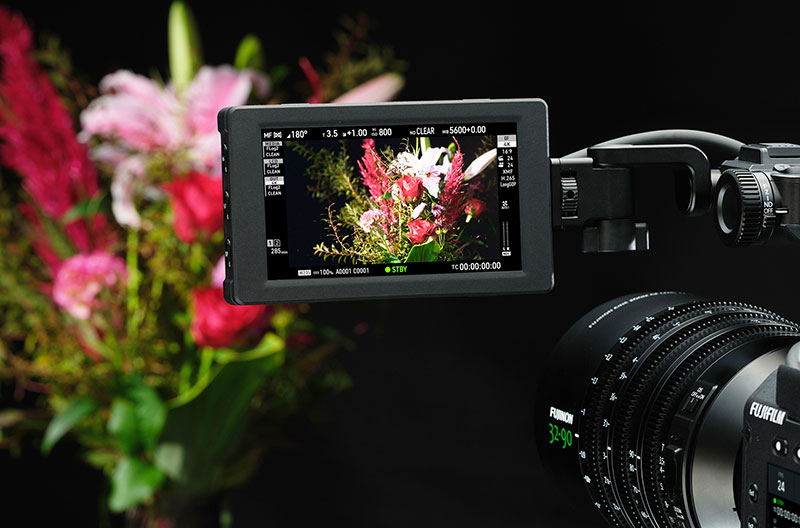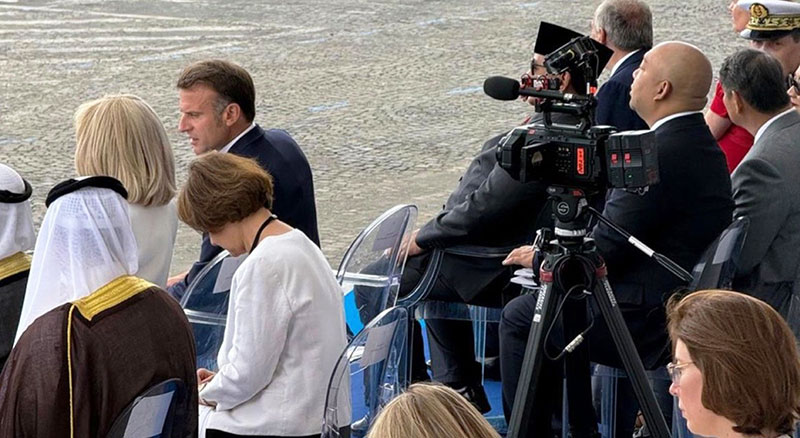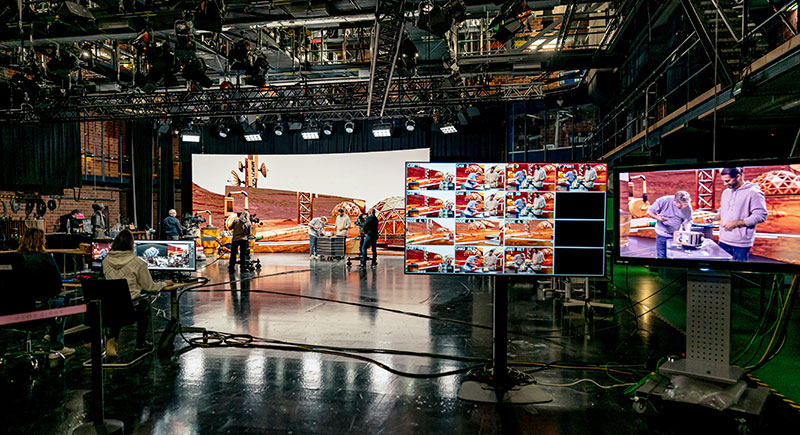Sony’s new camcorder supports digital signature standards for video authentication, networking and AI-assisted subject recognition for news, sports, events and documentary.
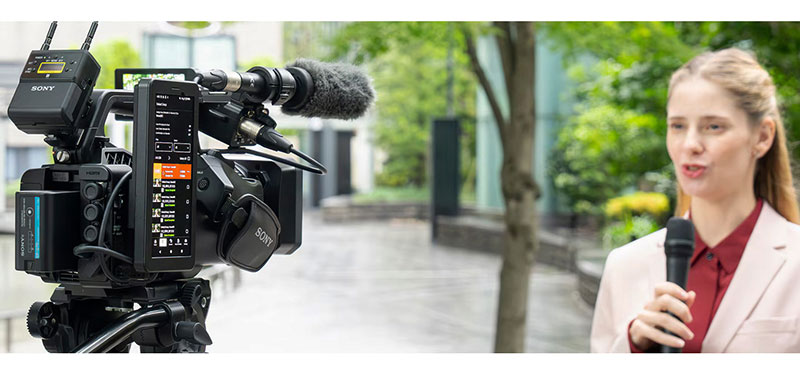
Sony’s new PXW-Z300 handheld XDCAM camcorder has 1/2-inch 4K 3-CMOS Exmor R sensors, an updated BIONZ XR image processing engine, and a dedicated AI-processing unit. The model suits applications ranging across news, sports, corporate, events, documentary, live programming and reality programmes.
The PXW-Z300 is built with a professional lens system incorporating three independent manual control rings, a 17x optical zoom lens and an electronic variable ND filter. As well as 4K 60p recording, its shooting functionality includes AI-powered subject recognition for precise autofocus performance. The camera has a new articulating flexible LCD arm for adapting to various capture styles and a side V-Mount for securely attaching smartphones or data transmitters.
The PXW-Z300 is among the first camcorders to embed digital signatures directly into video files, supporting the C2PA standard for video. This step enables content authentication to address the growing demand for content verification as the use of AI models begins to affect production workflows.

The PXW-Z300's network functionality has also been upgraded by improving the integration of communication devices, in support of modern production workflows that utilize 5G and cloud systems. This integration facilitates live streaming from shooting locations and efficient file transfer over networks.
Image Capture Controls and Versatile Operation
The camcorder features 1/2-inch back-illuminated 4K 3-CMOS Exmor R sensors and the BIONZ XR image processing engine, a combination resulting in accurate colour separation, F12 sensitivity and 4K 60p recording. F12 sensitivity is achieved in High Sensitivity mode for 4K recording and in Normal mode for HD.
The 17x optical zoom lens gives a wide focal-length range of 30.3 to 515 mm – for a 35 mm full-frame equivalent – with a constant maximum aperture of F1.9 throughout the zoom range, making it suitable for the unpredictable nature of news gathering and event documentation. The digital extender increases maximum magnification up to 4x in HD, 1.5x in 4K, while maintaining close to original image quality. The lens’ three independent manual control rings allow users to operate it like a traditional camera lens.
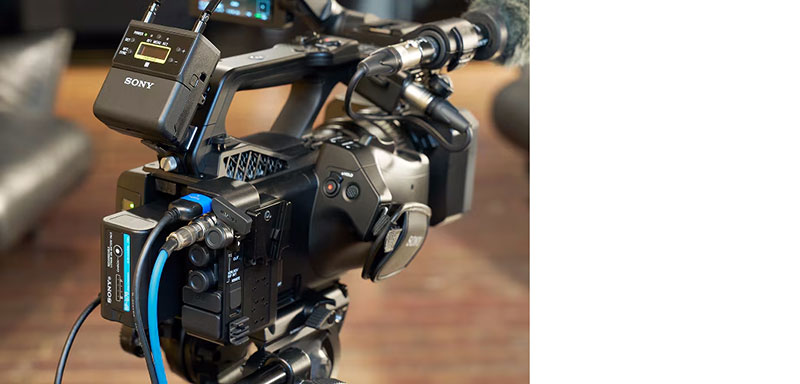
The camera’s electronic variable ND filter adjusts transmission from 1/4 to 1/128. This ability, applied with optical image stabilisation, means users can smoothly adjust brightness and maintain stable capture when moving between locations with varying light conditions, such as from bright outdoor sets to dim interior spaces.
Autofocus and Monitoring
The PXW-Z300 incorporates a dedicated AI-processing unit alongside its image processing engine. This system can very accurately recognise human subjects based on face, eye, skeletal structure and posture information. It can maintain autofocus on subjects even when they are facing away from the camera or their faces are covered. Its auto-framing function adjusts composition automatically to keep human subjects centred in the frame.
The camera’s 3.5-inch LCD monitor, with approximately 2.76 million dots, displays with clear visibility in bright conditions and is significantly brighter than the screen on its predecessor, the PXW-Z280. It incorporates the new flexible LCD Arm with three-axis movement, which gives scope for adjusting the monitor's position and angle.
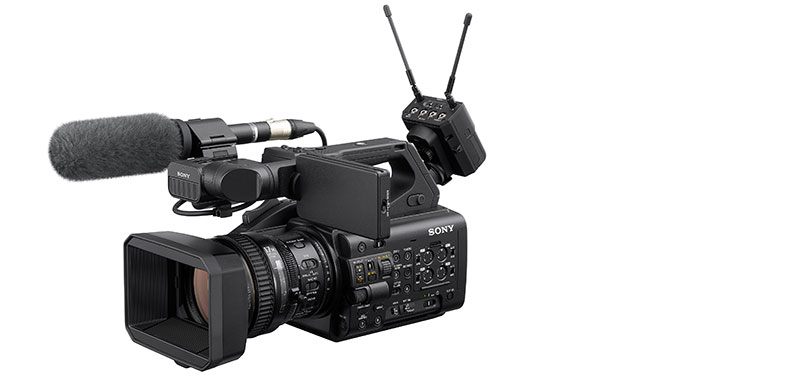
It also enables the camera to accommodate various shooting styles. Operators can adjust the viewing distance when capturing content with the camera on their shoulder, position the LCD monitor at the camera's optical centre for stable waist-level capture, or flip it forward for self-recording.
Network Functions and Cloud Services
Regarding new 5G and cloud workflows, users can transfer recorded material immediately from shooting locations, and live stream video through smartphone or Wi-Fi/wired LAN connections. Recorded content can be transferred via the network to cloud-based media sharing services or to on-premises storage, using high-quality compression for efficiency.
For proxy material transmission at lower resolutions, the camera now supports HEVC, improving on quality and compression rates. Users can select between HEVC 9Mbps and HEVC 16Mbps. HEVC 6Mbps support is planned for future implementation. Users may also transfer clips in chunk format (segmented recording) during shooting. Because users do not have to remove media and transfer the material after shooting, editing can begin as soon as it arrives.
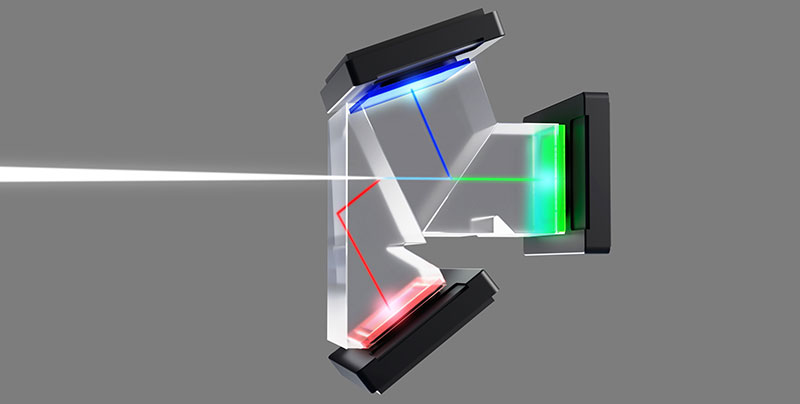
4K 3-CMOS Exmor R sensors
The camera supports common video streaming protocols including RTMP/RTMPS and SRT, which allows live broadcasting from remote locations. By attaching Sony's PDT-FP1 Portable Data Transmitter (sold separately) to the Side V-Mount and connecting it to the camera, integration of the device is simpler and transmission of video material is more stable
The PXW-Z300 works with cloud services such as the C3 Portal cloud material transfer service, and Sony's Ci Media Cloud, a cloud-based system for media collaboration. Through cloud access, the camera is able to support more immediate, efficient video production workflows such as integration with news file-based systems, material sharing and collaboration among project members, and live streaming with multiple cameras when combined with Sony's M2 Live Cloud Switcher.
Recording Formats and Looks Support
The PXW-Z300 supports various recording formats expanding its use to a range of production applications, including news footage and documentaries. It has standard support for MXF file recording in formats adopted by the XDCAM series, such as MPEG HD422, XAVC Intra (4K/HD 4:2:2 10bit) and XAVC Long (4K 4:2:0 8bit/HD 4:2:2 10bit), as well as MP4 proxy recording in HEVC.

The camera also accommodates diverse looks. Beyond Rec 709 and the S-Cinetone and 709tone gamma curves available in Sony's Cinema Line, XDCAM and HDC series cameras, it supports HLG Live, HLG Mild, HLG Natural and user 3D LUTs. Users can import custom 3D LUTs (.cube files) from memory cards.
The camera is compatible with Sony's mobile application Monitor & Control, which supports multi-camera shooting by allowing remote operation from smartphones or tablet devices. Users can monitor wirelessly, precisely adjust exposure and control focus on the larger screen of the device.
The camcorder is equipped to record up to four channels of audio – including shotgun microphones and Sony's UWP-series of wireless microphones – via XLR inputs and the Multi Interface shoe. Future support will provide proxy 4-channel audio recording for better compatibility with NLEs.
The PXW-Z300 is being exhibited at the 2025 Beijing International Radio, TV & Film Exhibition 2025 (BIRTV) in Beijing, China, from 22 to 26 July. pro.sony




